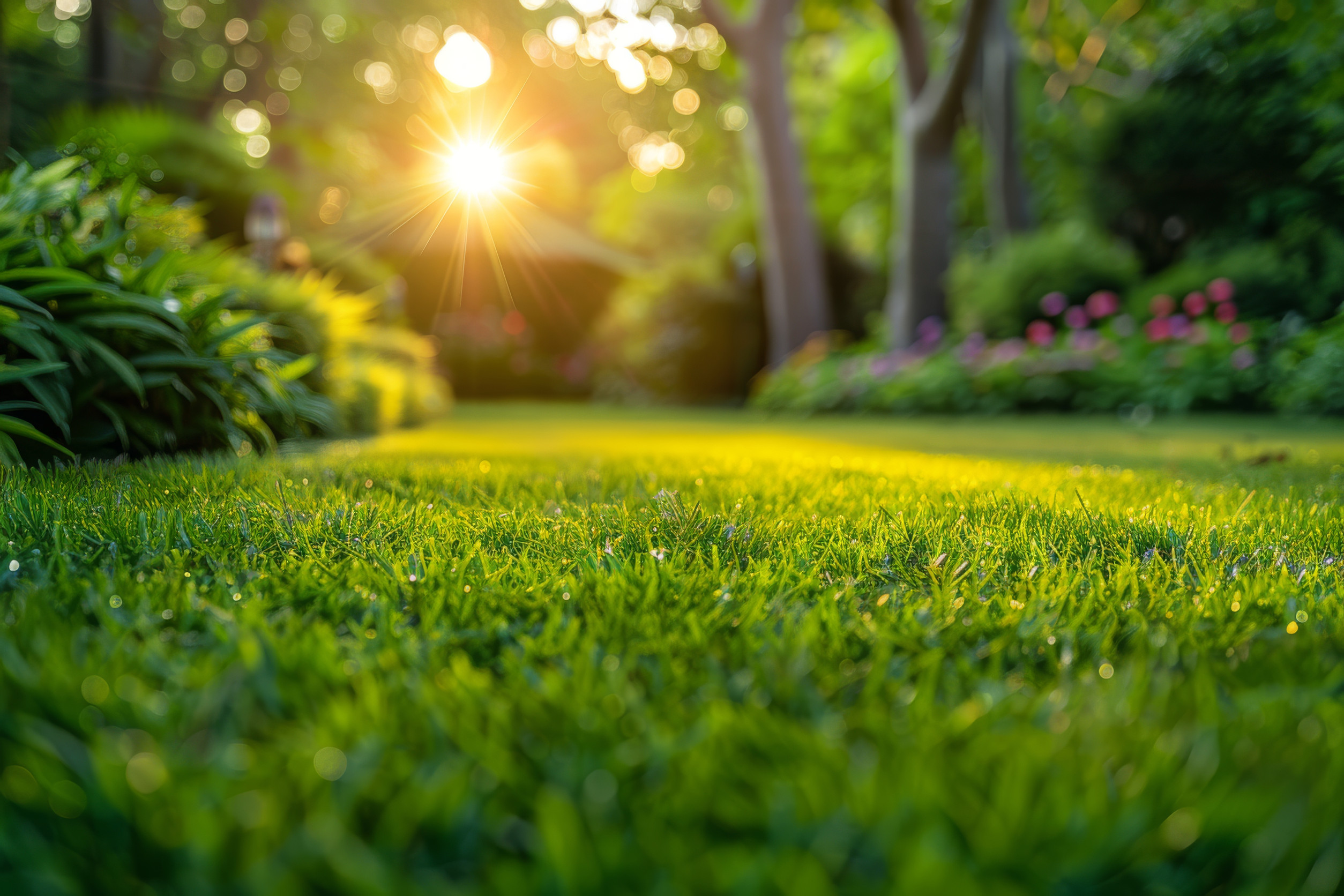
Creating a beautiful yard doesn’t have to come at the expense of the environment. In fact, some of the best-looking landscapes we work on are also the most sustainable. Whether you want to cut down on water use, reduce maintenance, or support pollinators, eco-friendly landscaping is easier (and more rewarding) than you might think.
And here in Minnesota, where the weather can swing from one extreme to the next, working with nature instead of against it just makes sense. Here are a few practical ways to make your outdoor space more sustainable—without giving up style or curb appeal.
1. Stick with Plants That Belong Here
One of the easiest ways to make your landscaping more sustainable? Go native.
Native plants are built for Minnesota’s climate—they can handle the cold, the heat, and everything in between. That means they need less watering, fewer chemicals, and way less babying than non-native plants. They also attract bees, butterflies, birds, and other beneficial wildlife.
A few local favorites:
They’re hardy, low-maintenance, and look great in all kinds of settings—from rustic cabin yards to more polished suburban lawns.
2. Say No to Harsh Chemicals
If you’ve been relying on chemical fertilizers or weed killers to keep your yard in shape, you’re not alone. But cutting back (or cutting them out altogether) is one of the best things you can do for your soil, your plants, and your local waterways.
Instead, try using compost or natural fertilizers to enrich your soil, and mulch to control weeds. If you really need to treat something, there are plenty of organic options that get the job done without all the harsh side effects.
3. Be Smart About Watering
It’s no secret that a lot of lawns get overwatered—especially during the hot, dry parts of summer. Smart watering practices can make a huge difference.
Consider:
If you’re feeling ambitious, rain barrels and rain gardens are great additions too. They help manage runoff and let you reuse rainwater to keep your plants happy.
4. Rethink the Size of Your Lawn
We get it—a lush, green lawn looks great. But it’s also one of the most high-maintenance parts of your yard. Mowing, watering, fertilizing…it adds up fast.
Try swapping out some of that grass for things like:
You’ll still have a beautiful yard—but with less effort and less environmental impact.
5. Choose the Right Hardscaping
Hardscaping—think patios, walkways, and retaining walls—doesn’t have to be hard on the environment.
Permeable pavers or gravel paths let water soak into the ground instead of running off. And if you can use locally sourced or recycled materials, even better. The right hardscape design can look great and keep your yard functioning smoothly during heavy rains or snowmelt.
6. Make It Wildlife-Friendly
A sustainable yard isn’t just about the plants—it’s about supporting life. That means creating a space where birds, butterflies, and pollinators can thrive.
Simple ways to do that include:
It’s good for the ecosystem—and adds some fun and movement to your outdoor space, too.
You don’t need a total landscape overhaul to make your yard more eco-friendly. Small changes—like planting native species, cutting back on chemicals, or switching up your watering habits—can make a big difference.
And the best part? A sustainable yard doesn’t just help the environment—it’s usually easier to maintain and more resilient in the long run.
If you’re ready to get started, RJ3 Property Maintenance can help design a space that’s good for the planet and great to look at.
Get in touch today and let’s talk about your sustainable landscaping goals.